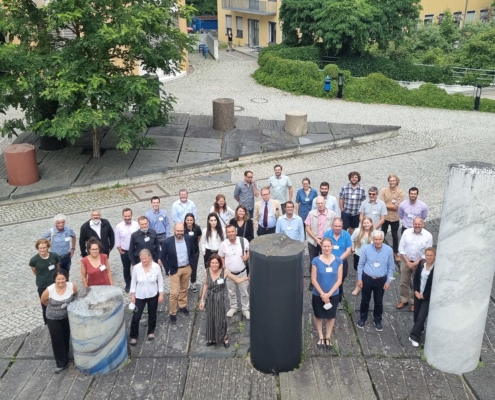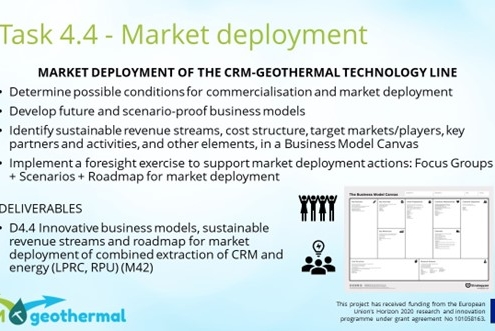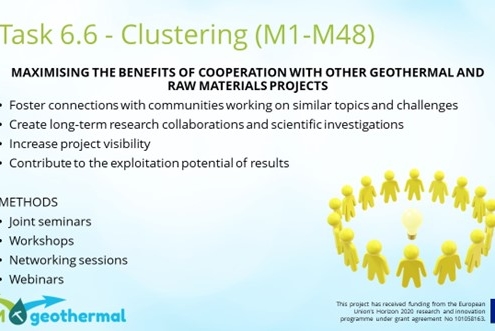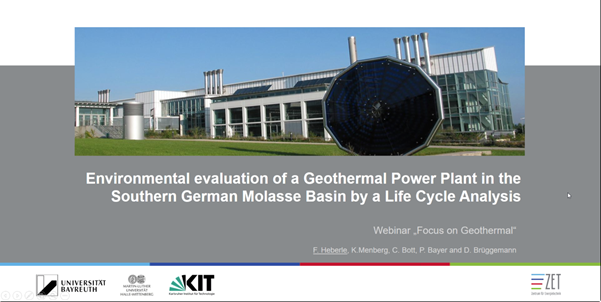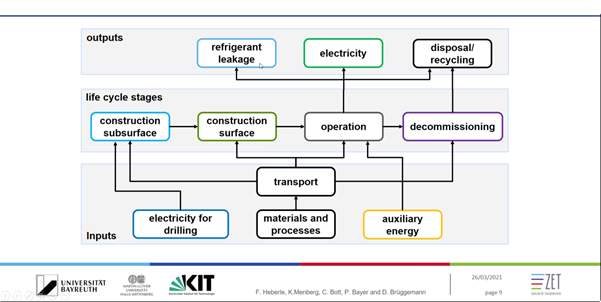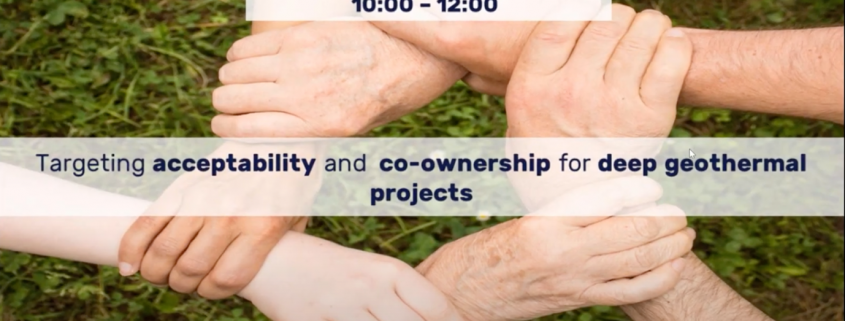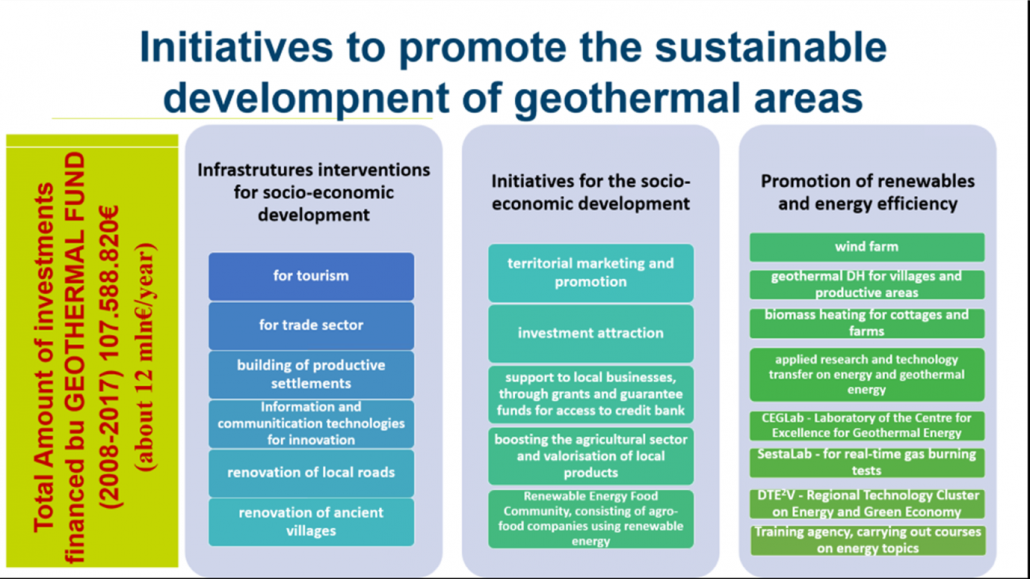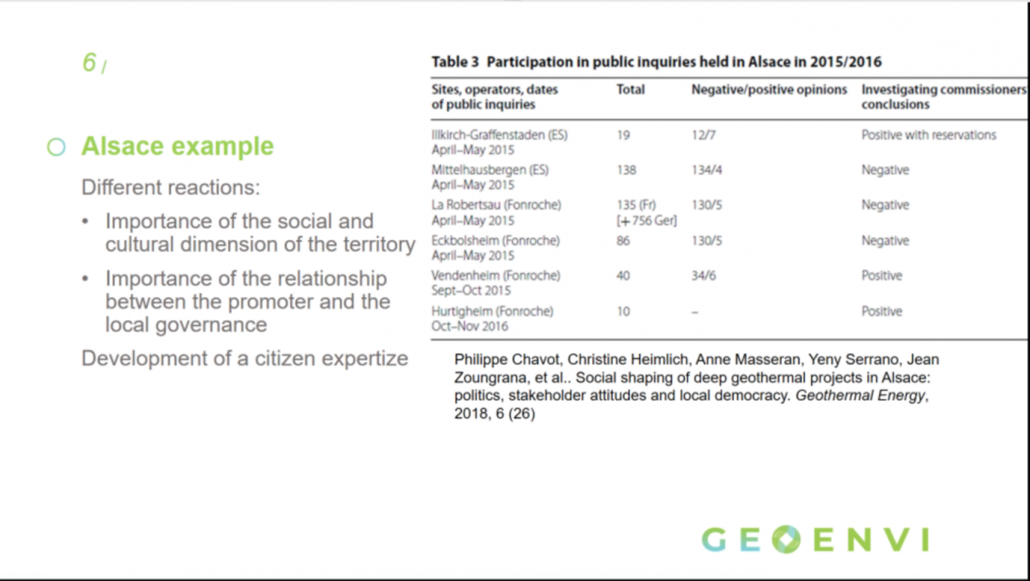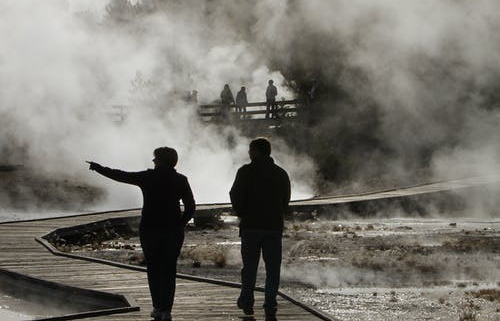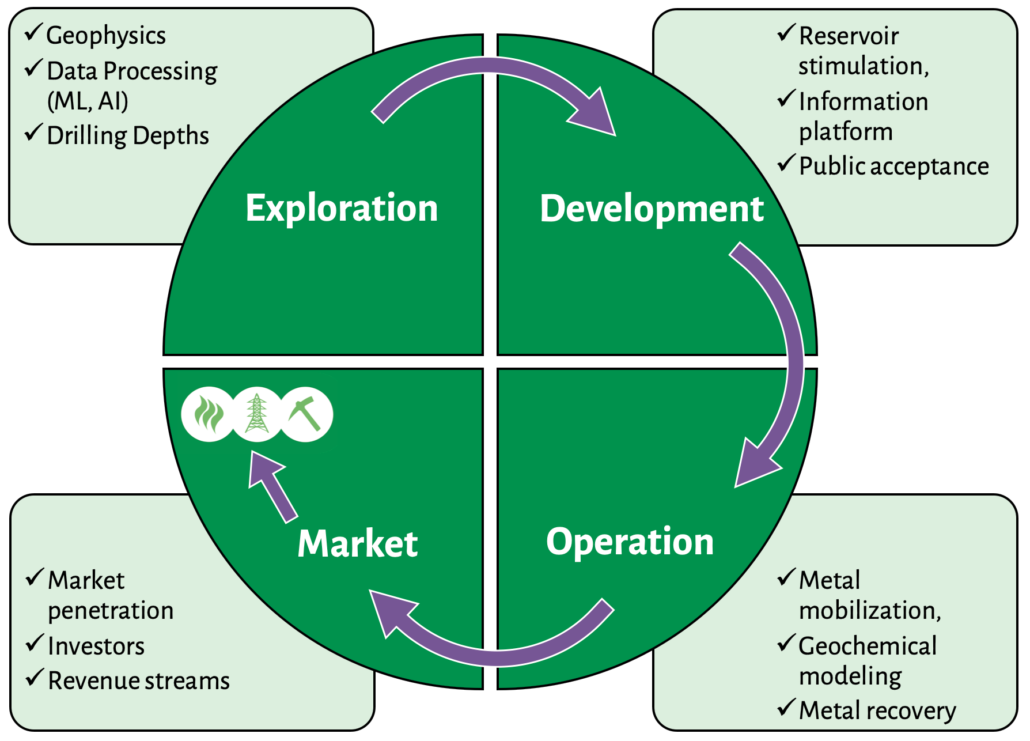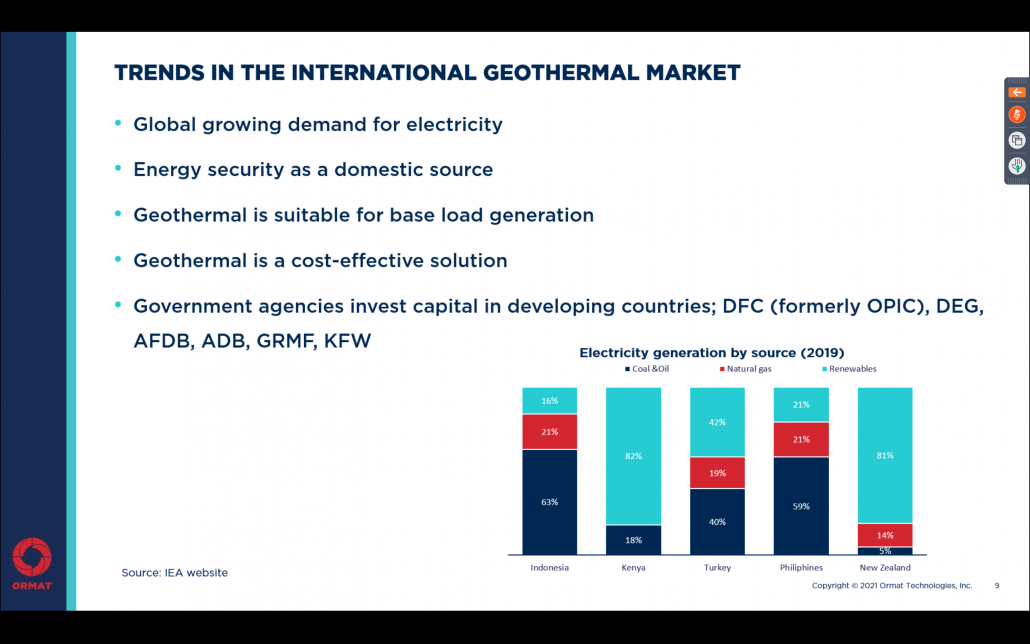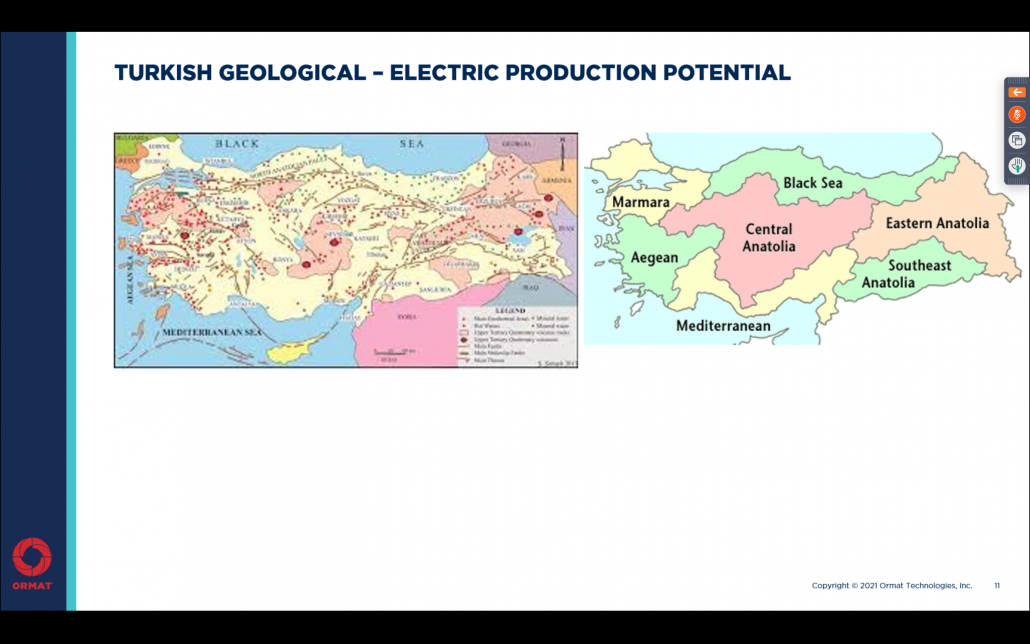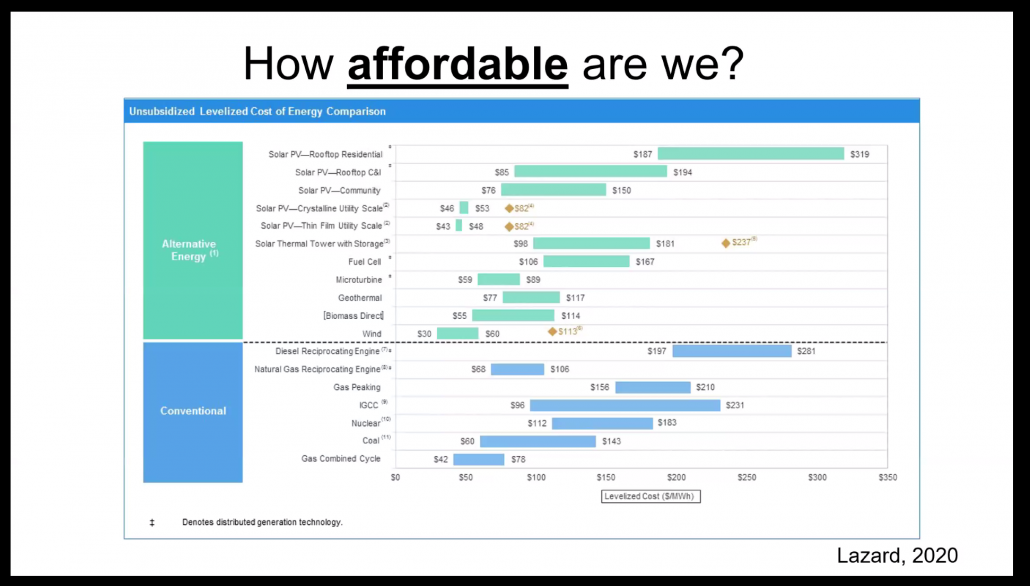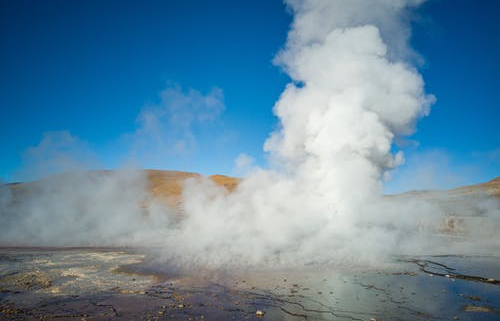On the 16 February 2021, Baseload Capital (an investing firm) hosted its webinar on upcoming trends in the geothermal sector. Its philosophy is to act as a catalyst for green baseload electricity by funding renewable energy projects throughout the world. Currently, the company has subsidiaries in Iceland, Japan and Taiwan, which work with local communities and power companies to permit, build and commission heat power plants.
The first half of this two-part article will focus on investment in geothermal and what the future is holding for finance in energy. Geothermal represents an interesting case study for financing carbon neutrality. However, with only 2% of the global energy market, geothermal is lacking behind other energies despite its upsides: available 24/7, 365 days a year independently of weather, outside temperature or time of the day. In addition, it can serve as a baseload power (minimum amount of electric power needed to be supplied to the electrical grid at any given time) for any renewable energy mix. Day to day trends of power usage need to be met by power plants, however it is not optimal for power plants to produce the maximum needed power at all times. Geothermal power plants have average availabilities of 90% or higher, compared to about 75% for coal plants. Geothermal power is homegrown, reducing our dependence on foreign oil. So, if geothermal is so convenient why is it lagging behind other energy sources?
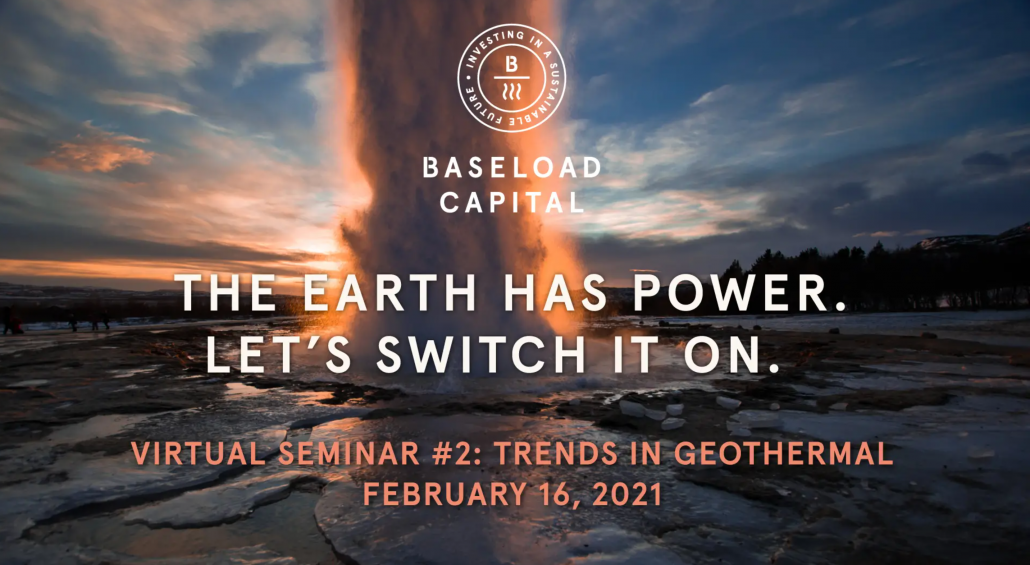
Geothermal suffers from several misconceptions that are often afflicting new investment opportunities. First, the Kodak core business model is a good example of neglecting new emerging trends for already established goods and services. We all know what happened to Kodak and printed photos. But the question is: would we really have acted differently if we had been in their shoes? Many examples since then seem to indicate that we tend to misjudge the potential of emerging technologies.
Second, connecting dots. Some technologies are on the shelf because their fullest potential can only be met by combining them with other technologies. When identifying 2 or more trends with inherent potential, they can create a whole new concept sparking new business opportunities in a market. Going back to geothermal, this concept is incredibly relevant. On one hand, it is a fact that energy demand is rising. On the other, the energy industry realizes that power production (heat and electricity) is too centralised and thus could face problems to reach the widespread growing demand. In parallel, it has been apparent that geothermal energy opened new opportunities for building medium and low-grade power plants for heat able to meet local demand that previously did not make sense financially. An example of this is Iceland: local communities have a growing demand for clean energy yet most of electricity production is generated around the capital Reykjavik. These conditions are perfect for local distributed geothermal power to supply local communities with affordable, clean energy based on low temperature heat.
Third, discovering new trends. Trends create momentum in a market when many people are affected by it. A large, invested community increases the likelihood of a successful emerging trend. In essence, it boils that to marketing: capturing the imagination of a targeted community with business opportunities or services that can benefit them or society as a whole. For instance, geothermal tends to be the fields of experts, scientists and selected groups of individuals. Whilst, this group produces a lot of positive ideas, disruptive technologies and discussions, outcomes tend to circulate into the same circle, depriving the overall field of a greater reach. Hence, these trends are de facto on a shelf waiting to be discovered by the wide public. Incidentally, being on the shelf does not allow one trend to find an application that would have a positive snowball effect on society.
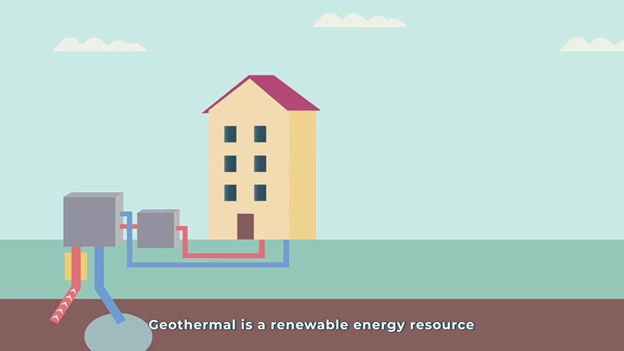
Therefore, nowadays it is likely that new trends and investments in geothermal will focus on meeting the energy demands of local communities whilst being integrated to the economical ecosystem. A geothermal power plant could provide district heating for neighbouring homes, heat for local organic greenhouses, hot water for the local swimming pool or spa and countless other solutions benefiting communities. This comprehensive approach does not only benefit investors but has lasting positive impacts on future generations. Said impact could also be the added value needed to increase the social acceptance of geothermal. By integrating communities, businesses and private citizens in their local energy ecosystem a lasting relationship between energy producers and customers can be achieved.
For more information on citizens’ empowerment in geothermal check out the CROWDTHERMAL website: https://www.crowdthermalproject.eu/!

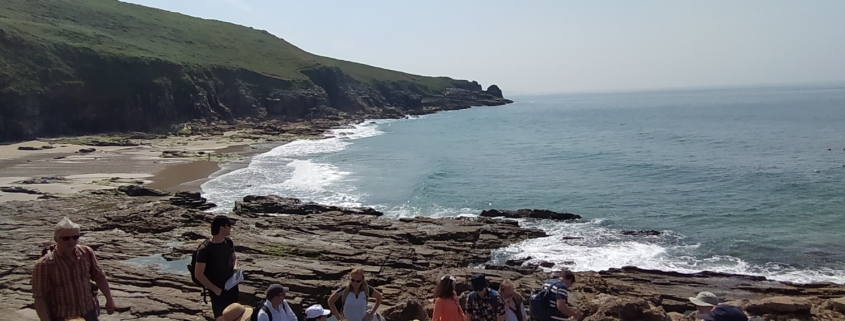 La Palma Research Centre
La Palma Research Centre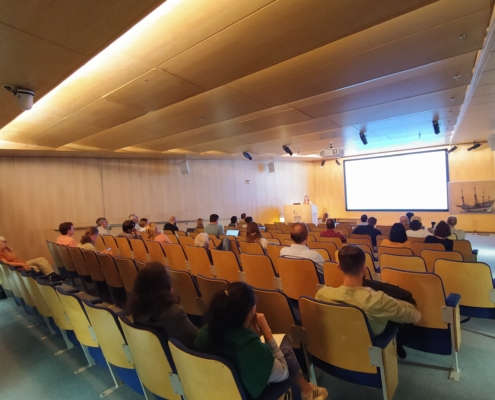
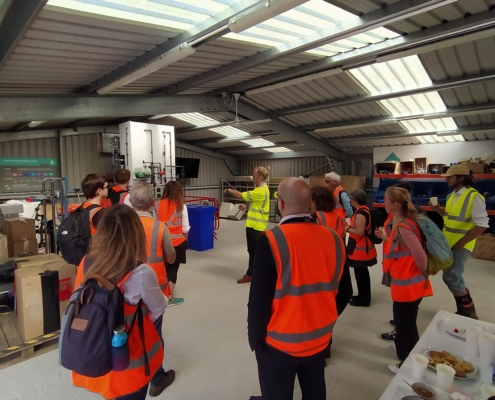
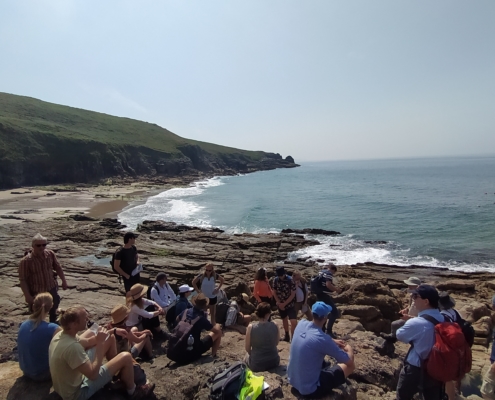
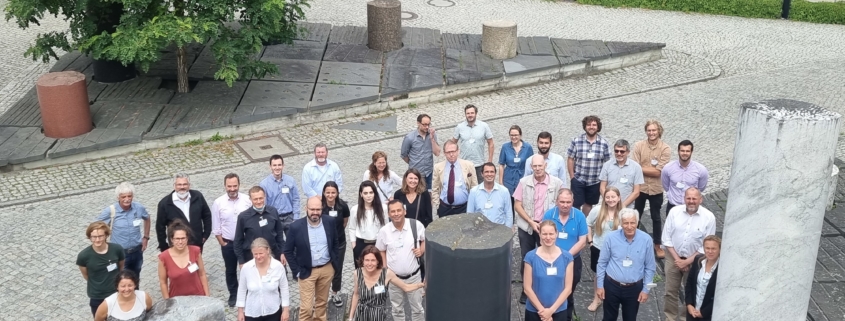 EFG
EFG